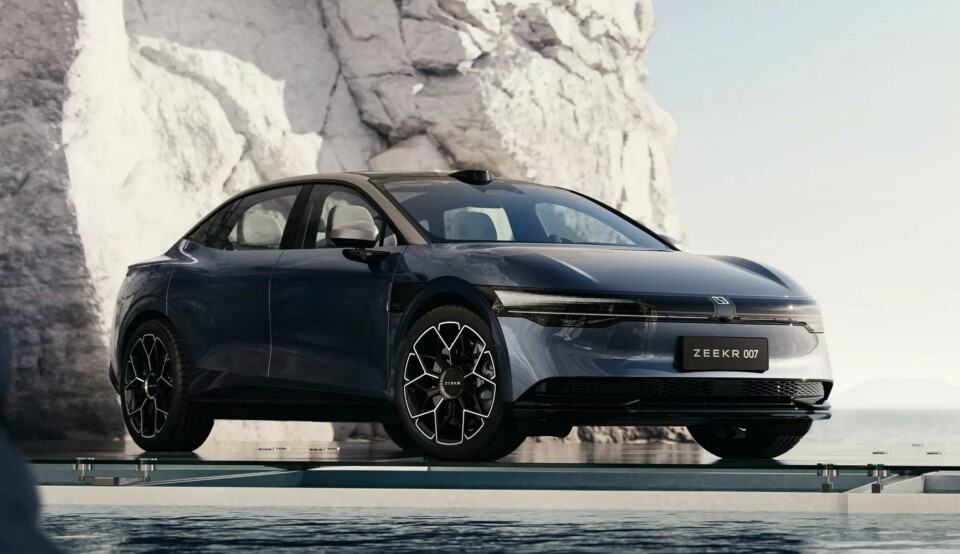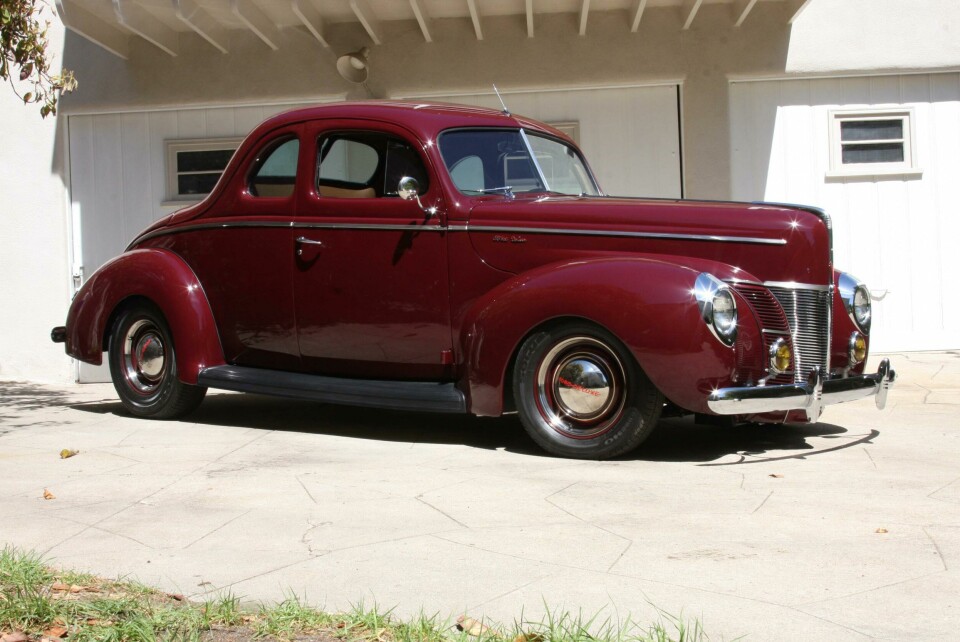
Flashback: From radio antennas to sensors
The radio is so integral to the modern car as to be almost invisible. Karl Smith tracks the evolution of this assumed slice of technology
We get in, tune to our favourite station and forget about it. But a century ago, radios and cars were cutting-edge technology, and the idea of combining them was mind-blowing. A mobile radio had lots of hurdles to overcome, not the least of which was reception. At home, where the radio was set in place, one could find the sweet spot for reception and enjoy the programming. It was not so easy with a radio in constant motion.
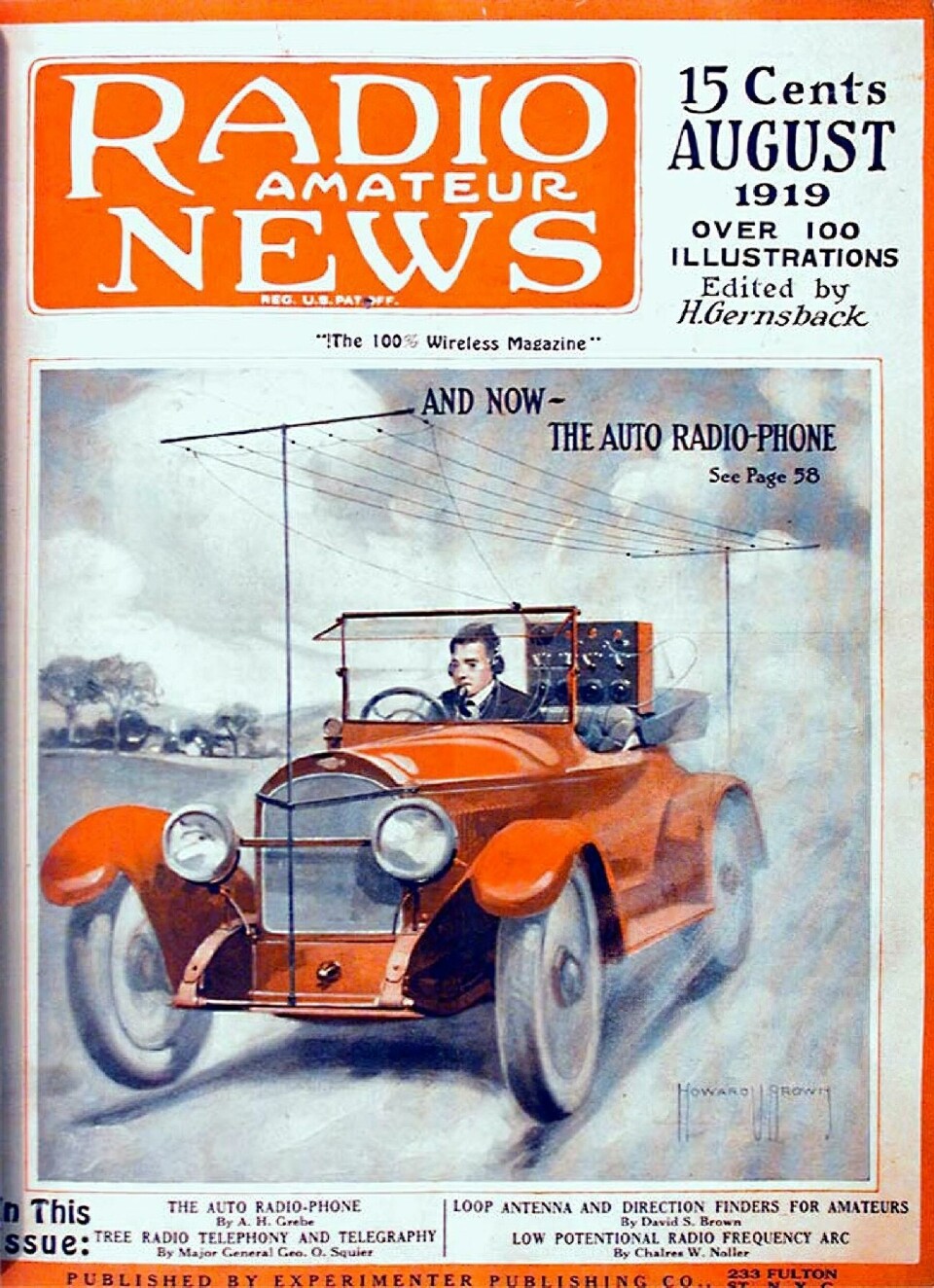
Enter the antenna. As radios gained wide acceptance in cars in the 1930s, antennas were added, especially as FM joined AM and became widely available. The FM signal required an antenna and manufacturers found all sorts of ways to attach one to a car, each marque adopting a different place- front, rear, roof (see top photo), cowl, and sides as part of its design language.
This doesn’t mean that designers, and even engineers, liked the antenna, which was widely considered a necessary evil, marring the looks of a classic design for the sake of entertainment. But it was a trade-off that manufacturers were happy to make to sell cars.
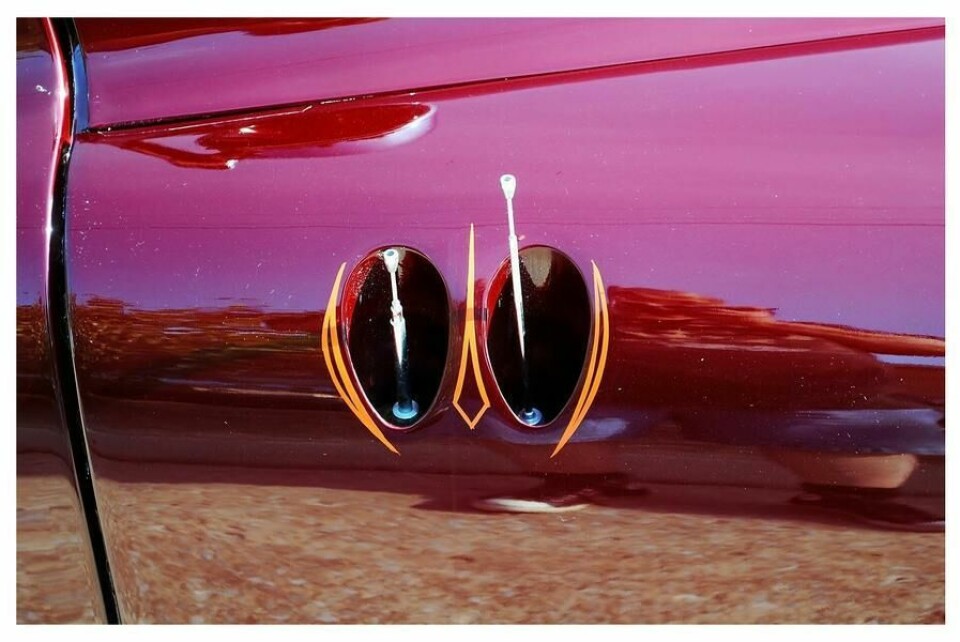
Hiding the antenna became the mark of higher-end cars. There was the telescoping aerial, manual or electric, or in GM’s case, embedding the antenna in the front windscreen. As technology advanced, the need for a full antenna decreased, and in recent years has been wrapped up into a “shark fin” design that looks cool and is aerodynamic (Readers of a certain age can remember the whine or whistle of a traditional antenna at road speeds). And satellite radio antennas are small black boxes that are installed inside the car, thus invisible to the exterior.
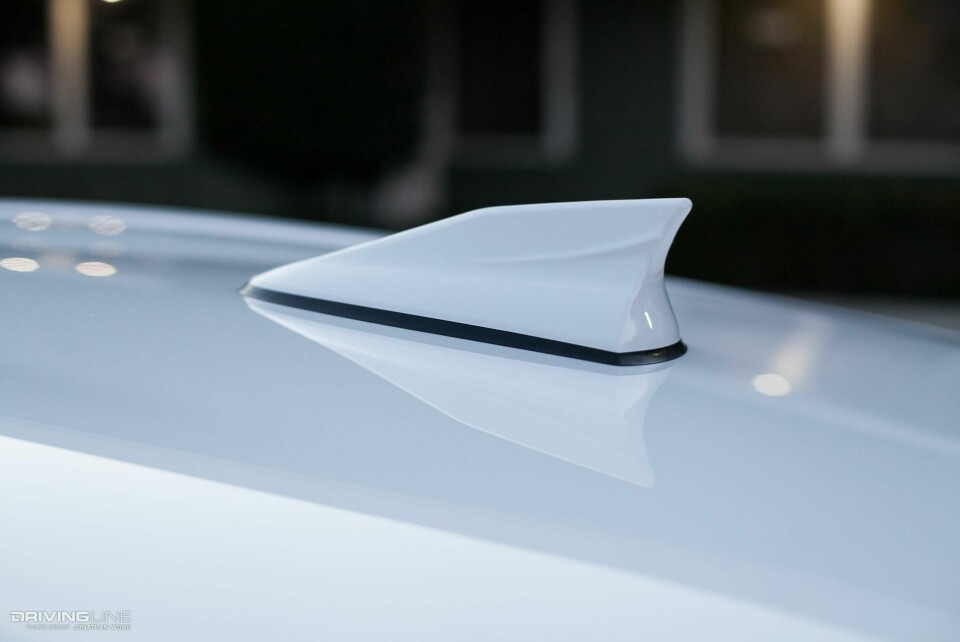
If the trend of antenna design is towards invisibility, why should designers care about their design and history? Because of what is next: Radars, Lidars, and other sensors.
Witness the Waymo Jaguar iPace autonomous cars (below). They are festooned with all manner of sensors, whose functional, but clunky design is not integrated with the car at all. The beautiful lines of the Jaguar are totally marred by the addition of all the hardware.
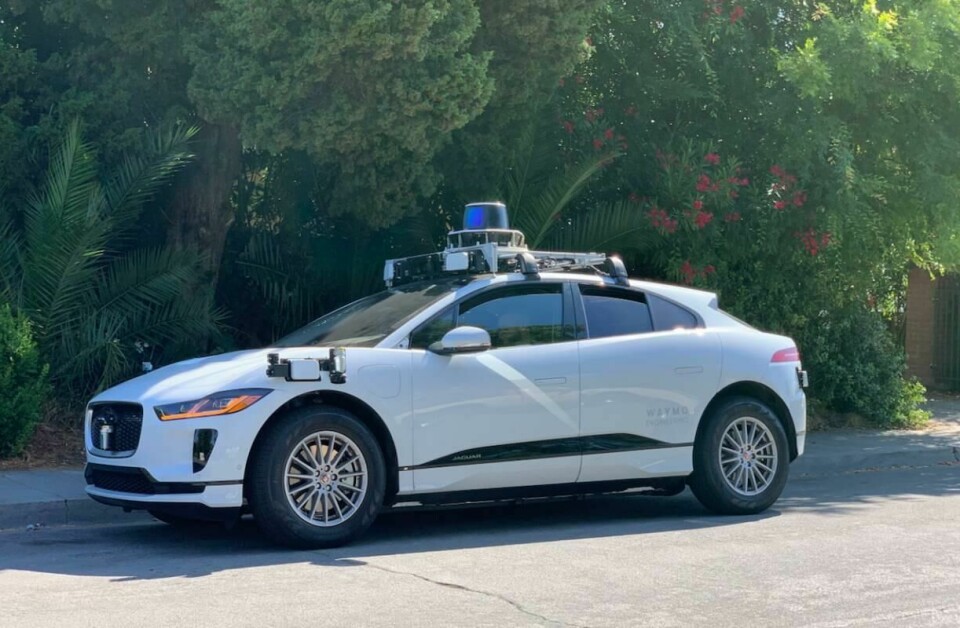
Fortunately, there is hope on the horizon. The forthcoming Zeekr 007 sedan has a sleek little bump at the top of the windscreen to contain lidar and (presumably) other sensors. The 007 shows a way forward for a new generation of sensors that demands its own design expression.
